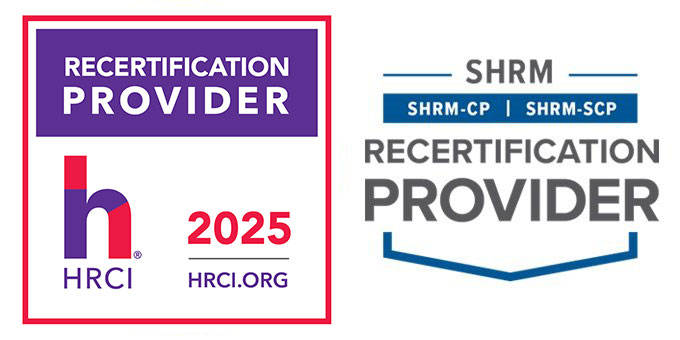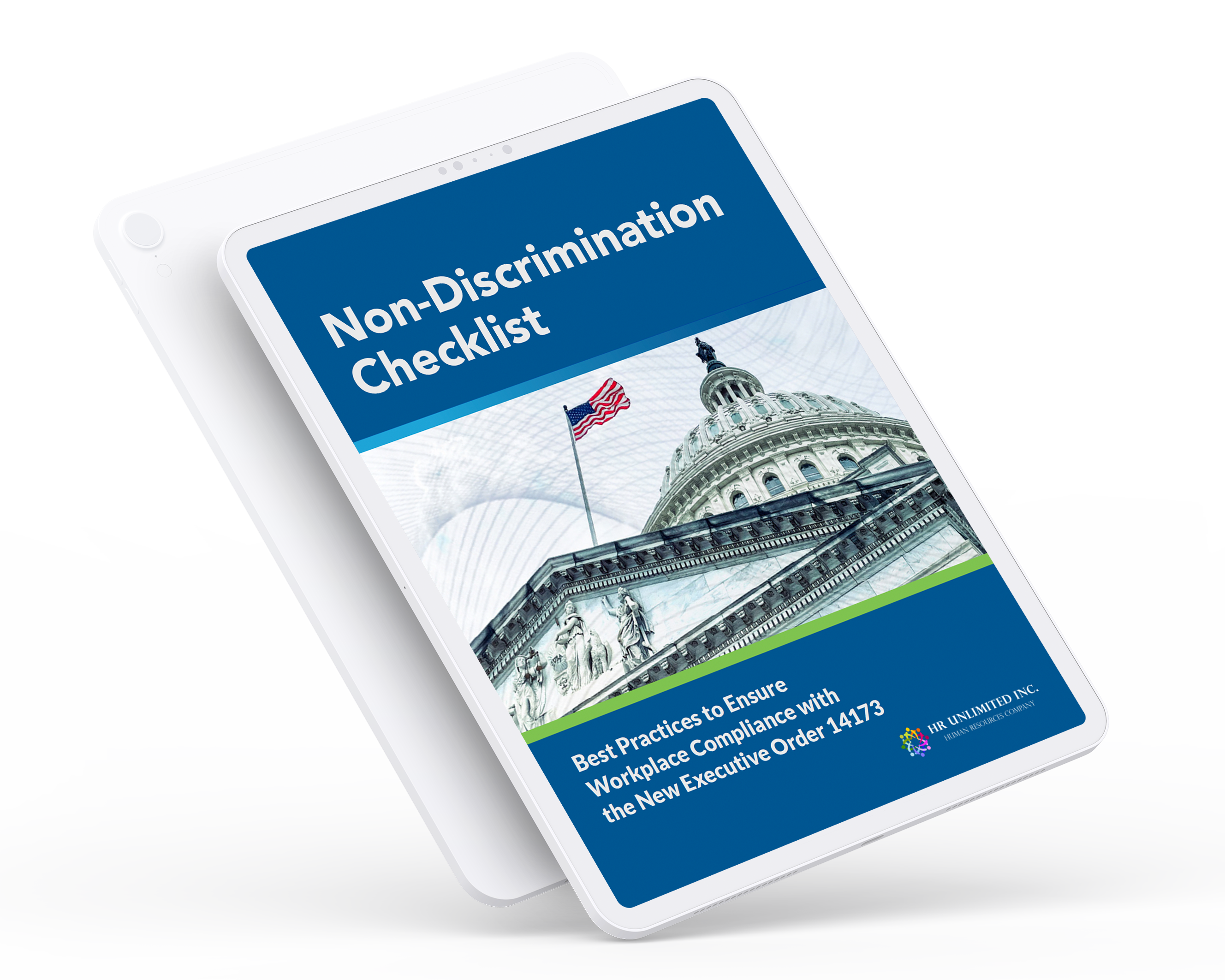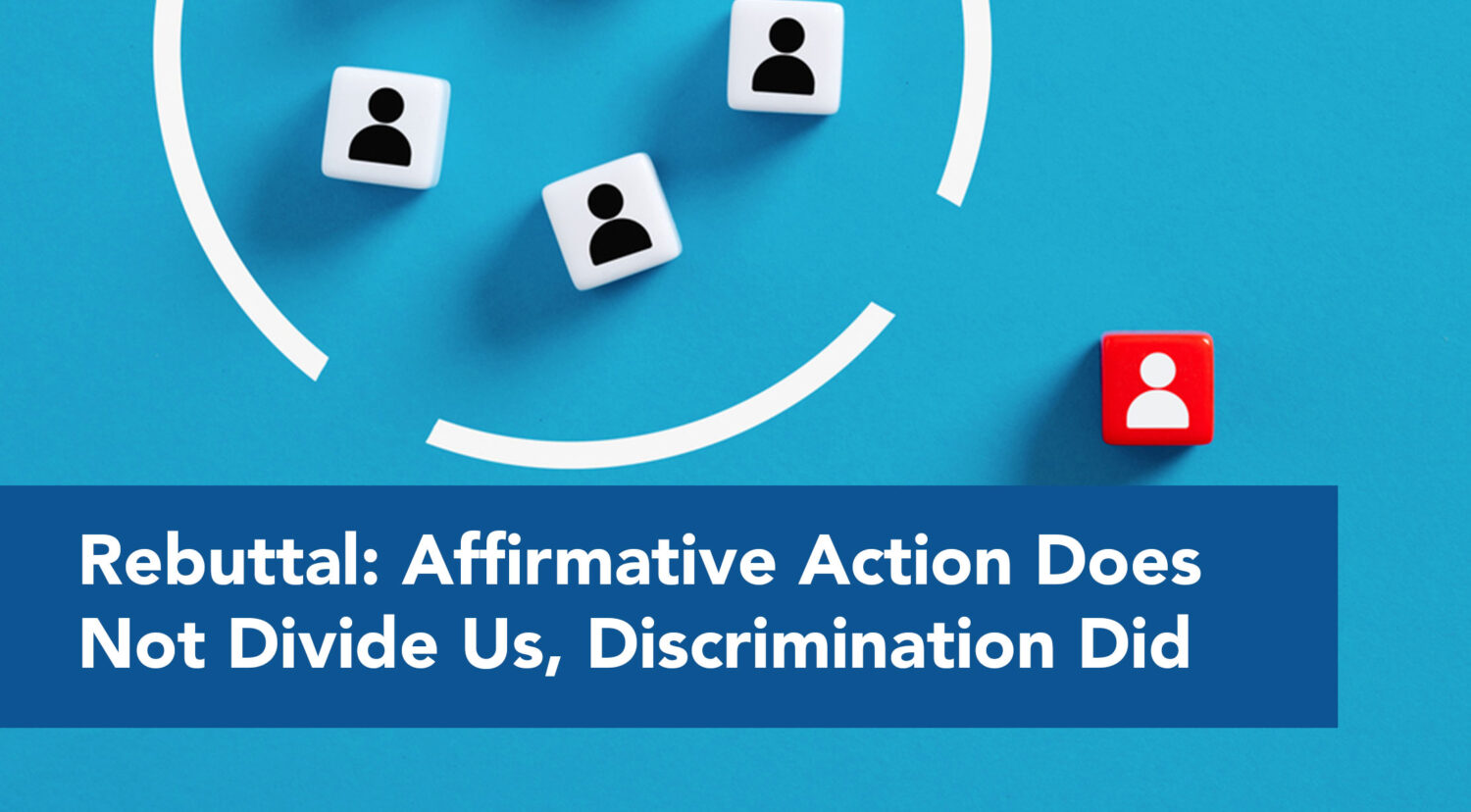We started this series with an overview of the GAO’s findings as to the OFCCP’s effectiveness. Just to recap, here are the five areas of weakness found by the GAO:
- Weakness in OFCCP’s process for selecting contractors for Compliance Evaluations makes it challenging to know the extent to which Equal Opportunity Requirements are followed;
- OFCCP Relies on Voluntary Compliance with Requirements;
- OFCCP’s Compliance Evaluation Assignment Process May Result in Geographic Imbalances;
- Reported Inconsistencies in Compliance Evaluations May Be Exacerbated by Lack of Training;
- Most Violations Are Resolved Through Conciliation
In our previous post, we discussed the first weakness listed above. Let’s move onto the second.
The OFCCP Relies on Voluntary Compliance with Requirements:
This particular weakness would seem to be so self-explanatory, that we might even ask, “Why would the OFCCP use this as a primary strategy if it hopes to be effective?” The answer, simply put, is that the OFCCP, even the more beefed up version we have seen in recent years, cannot possibly conduct Compliance Evaluations for all contractors. (According to the Government Accountability Office report there are “tens of thousands” of contractors under the OFCCP’s jurisdiction.) That said, reliance on voluntary compliance simply cannot ensure that contractors are complying with even basic requirements, such as writing and implementing an AAP, let alone analysis, record keeping and many other more complex regulatory requirements. Note: Failure to have a written AAP was one of the top violations since 2008.
The implication here is fairly obvious: If the OFCCP is relying on voluntary compliance it has little or no actual enforcement mechanisms in place to ensure compliance. For example, when the OFCCP selects a contractor for a Compliance Evaluation, it sends a Corporate Scheduling Announcement Letter, or CSAL (essentially a heads up) that it will be scheduling a Compliance Evaluation. In the Scheduling Letter, the OFCCP requests the contractor to submit data, including a copy of the AAP, within 30 days. By the OFCCP’s own admission, however, approximately 85 percent of contractors who received scheduling letters in 2015 did not submit an AAP within the aforementioned 30 days. Many requested extensions. While contractors are required in their contracts to develop an AAP within 120 days of the contract commencement, and update the AAP annually, they often do not. What is more, the OFCCP has no process for ensuring compliance with even this requirement, and therefore lacks a reliable indicator of whether its own objectives are being met, and, consequently, whether its own efforts in doing so are effective.
This weakness appears so glaring, so obvious that one wonders why it should have taken a lengthy investigation or audit by the Government Accountability Office (GAO) to uncover it.
The GAO’s recommendation to the Secretary of Labor: “Develop a mechanism to monitor AAPs from covered federal contractors on a regular basis. Such a mechanism could include electronically collecting AAPs and contractor certification of annual updates” therefore should come as no surprise.
Let’s move onto the third weakness identified by the GAO:
OFCCP’s Compliance Evaluation Assignment Process May Result in Geographic Imbalances
When the OFCCP distributes its scheduling lists, or assigns Compliance Evaluations to District or Area offices, it does so primarily based on the physical address of the contractor establishments. In other words, the contractor’s physical address determines which district or area office will be assigned the Compliance Evaluation. The reason: to minimize travel costs if an on-site visit becomes necessary. According to the GAO this distribution method is outdated, given the steady decline in the number of evaluations actually requiring on-site visits. Specifically the OFCCP admitted that in 2015, only 25% of Compliance Evaluations required onsite visits. The OFCCP has also acknowledged that its current distribution of compliance officers among the 48 district and area offices did not correspond to the national distribution of federal contractors. According to the OFCCP this uneven distribution is due in part to attrition levels across offices. These disparities impact how many officers are actually available in the different district and area offices to conduct compliance evaluations, increasing the likelihood of unevenness and inconsistencies and lack of continuity. Clearly, such disjointed efforts will impact the agency’s effectiveness.
The GAO therefore recommended that to address this particular weakness, the Secretary of Labor “Make changes to the current scheduling list distribution process so that it addresses changes in human capital and does not rely exclusively on geographic location”.
In light of these identified weaknesses, and the GAO’s recommendations to the Secretary of Labor, what can – and should—federal contractors do? The short answer: Expect some changes aimed at tightening up the OFCCP’s enforcement processes and mechanisms. Yes, we know that with a new President taking office soon – one with a very different political agenda than Mr. Obama, that the OFCCP may develop a new and different look. The changes recommended by the GAO however, do not necessarily require more revenue, however. Even if the OFCCP’s presence does not appear to loom as large in the near future, the agency itself, will not be going away, and it will still be charged with enforcing Affirmative Action laws and regulations. Reviewing and ensuring your own compliance can only help you.
In our next installment we will cover the last two weaknesses identified by the GAO, and, of course, we will provide more recommendations to you, our readers.
For more information, contact Ahmed Younies at 800-708-3655, x703 or [email protected].





